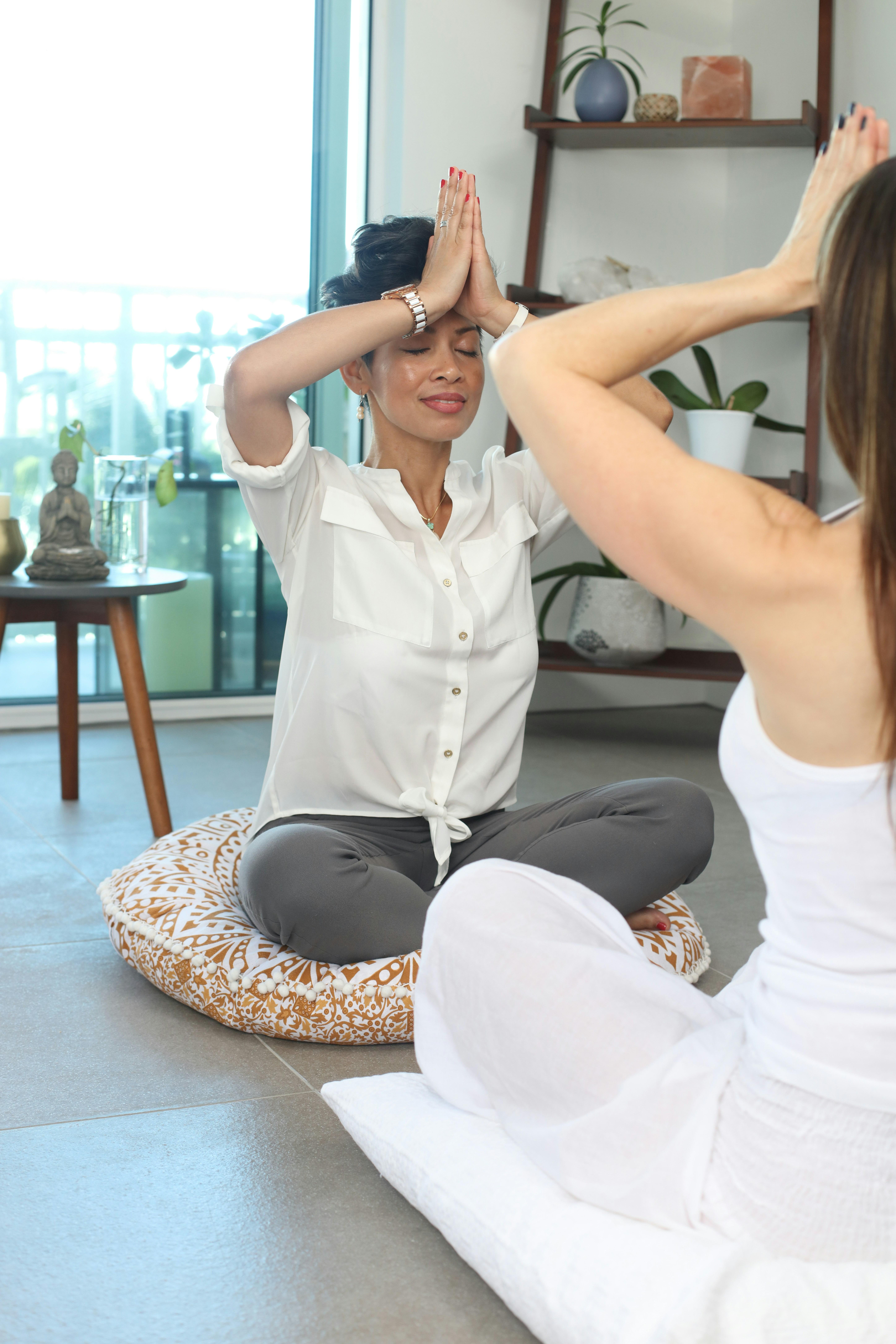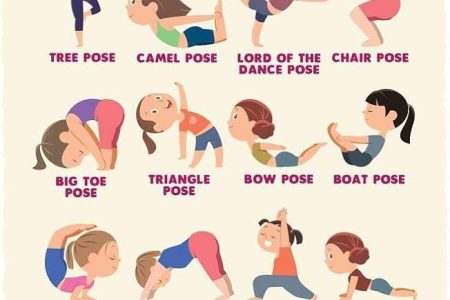In a world where screens often capture the attention of young minds, finding ways to nurture physical development can be a challenge. Enter yoga—a practice with ancient roots that is gently stretching its way into the lives of children across the globe. More than just a series of poses, yoga offers a holistic approach to growth, intertwining the physical, mental, and emotional realms. As kids explore this mindful movement, they embark on a journey of balance, strength, and flexibility, all while fostering a deeper connection with themselves. In this article, we delve into the myriad ways yoga supports children’s physical development, unveiling how this age-old discipline is helping to shape the next generation—one pose at a time.
Cultivating Strength and Flexibility Through Playful Poses
Engaging children in yoga can be a delightful way to foster both strength and flexibility. Through a variety of playful poses, kids can develop essential physical skills while having fun. Yoga helps build muscle strength by encouraging children to hold their bodies in various positions, which challenges different muscle groups. For instance, the Tree Pose helps improve balance and strengthens the legs, while the Downward Dog engages the arms, shoulders, and core.
Flexibility is another key benefit of yoga for children. By moving through a series of stretches and bends, kids can enhance their range of motion and improve overall body awareness. Some playful poses that encourage flexibility include:
- Cat-Cow Pose: This dynamic movement warms up the spine and stretches the back and neck.
- Butterfly Pose: A gentle stretch for the inner thighs and hips, perfect for sitting still and breathing.
- Happy Baby Pose: Encourages hip flexibility while also offering a calming, playful element.
These poses, while simple, play a significant role in supporting the physical development of children, making yoga a valuable addition to their routine.

Enhancing Balance and Coordination with Fun Yoga Practices
Engaging children in yoga can be a delightful way to improve their physical development, particularly in terms of balance and coordination. These practices often involve playful poses that captivate their imagination while simultaneously enhancing their motor skills. By imitating animals or characters from stories, kids can effortlessly work on their posture and balance, making the learning process both enjoyable and effective.
- Tree Pose: This pose encourages children to focus on stability and grounding, as they stand on one leg and stretch their arms upward like branches.
- Cat-Cow Stretch: By alternating between arching and rounding their back, children improve their spinal flexibility and coordination.
- Star Pose: With arms and legs extended, this posture helps kids understand spatial awareness and enhances their balance.
These yoga activities not only support physical development but also nurture a child’s ability to concentrate and maintain attention, paving the way for a balanced body and mind.
Boosting Body Awareness and Posture for Growing Kids
Incorporating yoga into the daily routine of children can significantly enhance their physical development by fostering a deeper connection with their bodies. As children engage in various yoga poses, they develop a heightened sense of body awareness, learning how their muscles and joints function in harmony. This practice not only promotes flexibility but also helps in building strength, coordination, and balance. By understanding how to move with intention, kids become more attuned to their physical capabilities and limitations.
Yoga encourages children to maintain a healthy posture, which is crucial during their growth years. Through mindful breathing and conscious movement, they learn the importance of alignment and how it affects their overall well-being. Some benefits of yoga for kids include:
- Improved balance and coordination
- Enhanced flexibility and strength
- Better focus and concentration
- Increased self-esteem and confidence
By regularly practicing yoga, children can develop a foundation for lifelong physical health and emotional resilience.
Creating a Mindful Environment for Holistic Physical Growth
Incorporating yoga into children’s routines offers a unique blend of physical exercise and mental relaxation, crucial for their holistic development. Yoga introduces kids to a variety of postures that improve flexibility, strength, and balance. These physical benefits are not just about building muscles; they enhance coordination and body awareness, laying a solid foundation for all types of physical activities. Through regular practice, children learn to connect with their bodies, understand their physical limits, and gradually expand them in a safe and supportive environment.
- Improved flexibility and joint health
- Enhanced muscle strength and tone
- Boosted balance and coordination
- Better body awareness and posture
Moreover, yoga encourages a state of mindfulness, helping children to focus on the present moment. This mindfulness extends beyond the mat, promoting a sense of calm and self-regulation in various aspects of their lives. As kids learn to control their breath and movements, they also gain tools to manage stress and anxiety. The practice nurtures a peaceful environment, not just physically but mentally, creating a space where children can grow and thrive holistically.

